Wild Hearts guide: Master the hunt with our combat, Karakuri, and beginner tips
Wild Hearts is an incredible new Monster Hunter-like IP from Koei Tecmo, and boy is it complicated.
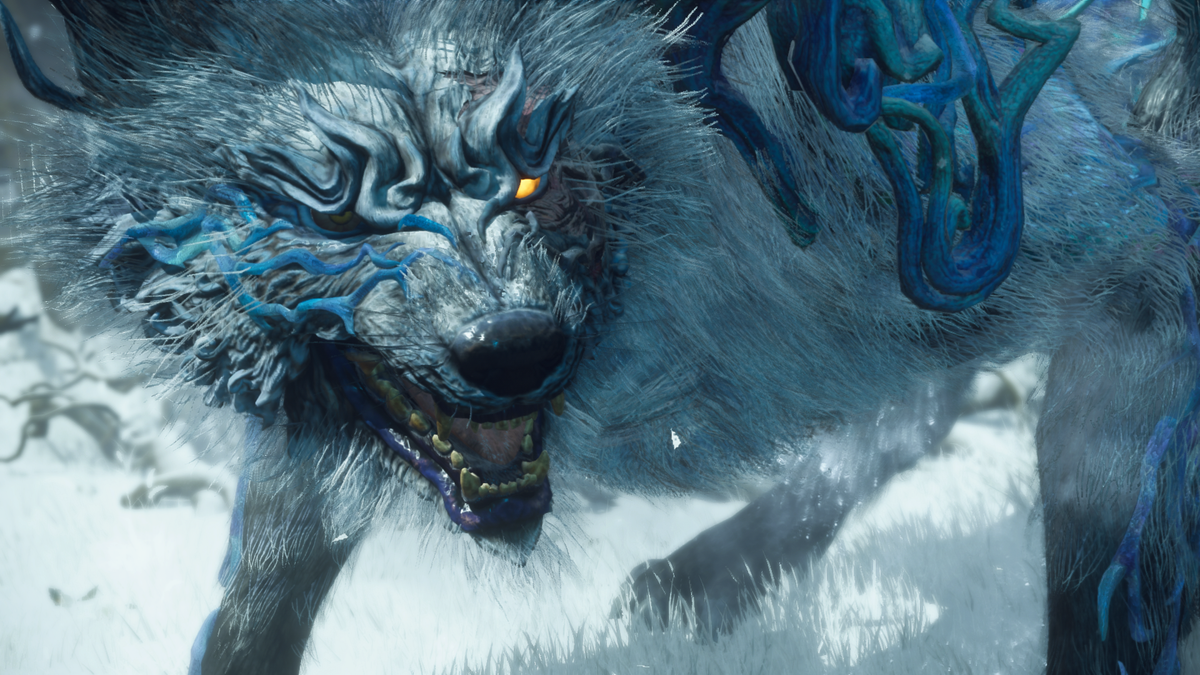
Wild Hearts is a shiny new action game from Koei Tecmo and EA. It sits within the monster hunting subgenre, popularized by the aptly named Monster Hunter from Capcom. There have been many games over the years that have attempted to adapt Monster Hunter's formula with mixed success. However, this new effort from Koei Tecmo is quite easily among the best Monster Hunter alternatives on the market right now and could grow to become a potent franchise in its own right.
Much like Monster Hunter itself, Wild Hearts is no slouch in the difficulty or complexity departments. These games revolve around the challenge they offer through their epic battles with giant monsters, and the tools they give to help fight them. To that end, we've prepared this Wild Hearts beginner's guide to help you figure out your way through the colorful world of Azuma.
Wild Hearts is definitely shaping up to be one of 2023's best Xbox games so far, and thanks to Xbox Game Pass Ultimate, you can grab a free trial for 10 hours.
Wild Hearts: Hunting Basics and Fundamentals
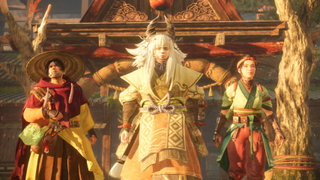
Wild Hearts' opens to a tutorial mission where it gives you an overview of the bare basics of hunting creatures in its sizeable world. Like similar games, Wild Hearts most definitely does not hold your hand or overly tutor the player, moreover being eager to drop you in at the deep end and have you figure things out for yourself. That being said, there are some tutorial tooltips you should definitely not skip, as well as cutscenes and conversations that offer hints and information on how to proceed.
If I could offer one fundamental piece of advice for Monster Hunter veterans curious about Wild Hearts, it would be: do not try to play it like Monster Hunter. Shed your biases and go in with an open mind. Wild Hearts has a variety of very unique mechanics and systems that make it quite divergent from Monster Hunter, while being superficially similar.
Here's an overview of how Wild Hearts works, with more detail in subsequent sections.
- Combat in Wild Hearts revolves around weapon play, but also Karakuri construction gadgets. As such, be sure to read over our combat tips and Karakuri tips below.
- The first thing you should do is decide what weapon to learn first. After the tutorial area, you will meet a blacksmith called Natsume who will teach you how to craft a forge.
- Near this area is a training dummy, where you can learn weapon combos and practice. I urge you to do this first.
- As you progress through the main story, you will unlock new weapon types and new tools to add depth and variety.
- Progressing the story should be your priority, but the monsters along this path in some ways serve as road bumps. To that end, you should regularly upgrade your gear, your defensive stats, and your weapons to ensure that you have the best chances of victory.
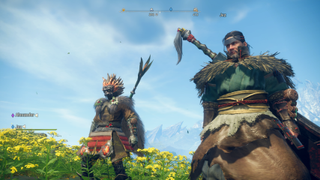
- Grinding monsters to get pieces for gear upgrades forms a significant part of the gameplay loop. Head to the Forge to learn what items you need. The Cyclopedia in the menu will also tell you what items each monster drops.
- Like similar action games, dodge rolls, certain attacks, and certain Karakuri give you invincibility frames (or i-frames). This can help you mitigate incoming damage.
- Each weapon type has a completely unique playstyle and a wide variety of combos and interactions. Committing these combos to muscle memory, and analyzing monster movements and behavior, is key to victory.
- You can give yourself further boosts in combat by eating food by pressing left on the d-pad. Out-of-combat food consumption gives you passive buffs and boosts your health, helping you take down your prey.
- As you unlock more Karakuri, you can learn how to craft pickle jars and drying racks that help you prepare more powerful food buffs.
- Be sure to spread out your kemono tracking towers evenly and don't overlap them too much, so you can search the widest area possible when tracking monsters.
- Talismans also provide passive buffs too and can be equipped from the menu screen.
- The main city hub is called Minato, and it too grows in complexity with new facilities as you progress.
Wild Hearts: Combat Tips
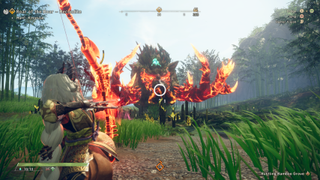
Combat in Wild Hearts is similar at a surface level to games like Monster Hunter or Elden Ring, but diverges in some important ways. You can get through the game without utilizing some of the game's nuances, but you'll have a tougher time doing so, and it'll be less fun to boot.
Get the Windows Central Newsletter
All the latest news, reviews, and guides for Windows and Xbox diehards.
Here are some general tips for those looking to get into Wild Hearts, whether you're a hunter vet or not.
- Monster hunts play out in a similar fashion to comparable games, by which monsters will enrage at lower health, and have specific breakable parts, in addition to specific attack actions and patterns.
- Learning how each monster moves is essential since you'll need to line up your attacks during each monster's recovery periods to avoid getting slapped yourself.
- As mentioned above, you can avoid many attacks by dodge rolling. You can also dodge slide with a weapon unequipped, which seems to provide more i-frames while also covering more distance.
- I found Wild Hearts' i-frames to be more generous than Monster Hunter, but perhaps less so than Elden Ring. However, even if you don't do a "perfect" dodge, the game does seem to offer some mitigation if you get hit while rolling.
- Some attacks are not avoidable with i-frames as you might expect. Sometimes it's better to use Karakuri counters in these situations, or slide out of the way completely.
- I'll go over Karakuri tips in more depth in the next section, but things like springboards and gliders can be great for avoiding monster attacks. The springboard specifically grants i-frames too, and can even be used in combat.
- Indeed, you can hit your Karakuri menu mid-attack in some cases. For example, if you're using a great sword, using a springboard during a weapon swing or recovery animation can help you to cancel out of it and stay mobile. Experiment with the Karakuri quick menu as much as you can during combat.
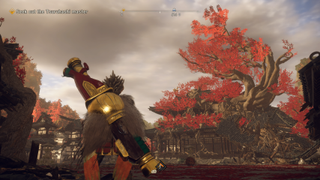
- You can rock a "main" weapon and still be victorious, but some monsters are perhaps better tackled by changing it up sometimes, especially if you're solo. Rapidly moving enemies may be potentially frustrating when using slow hammers or swords, for example.
- You can check the Cyclopedia in the menu for hints on how to deal with certain monsters. For example, it will show you if they're weak against a specific element or specific weapon type.
- Weapons in Wild Hearts are split into three categories: blunt, slashing, and piercing. Check the Cyclopedia to get an idea of which weapons might be best for the task at hand.
- At lower health, monsters gain an enraged state, transforming while doing a large area attack. At that point, Wild Hearts monsters gain new augmented abilities. Attacks that hit twice may now hit thrice, for example, and you can expect the monsters to move more quickly and gain completely new attacks.
- Smashing specific monster parts, such as their armor, or cutting off their tales will yield special materials often needed for crafting new weapons and gear. Breaking these parts can also reduce the monsters' combat effectiveness. To do this, just repeatedly target those parts while in combat.
- Wild Hearts monsters sometimes take injuries, glowing with shiny green wounds. Holding RB while jumping towards the monster will allow you to grab on, and rip these wounds out of the monster. This refills your Karakuri thread, allowing you to build more constructions.
I'm honestly just scratching the surface with these tips. Wild Hearts is deceptively deep, with weapon attacks interacting with Karakuri and different character conditions. Experimentation is key, ultimately, while learning your way through each weapon type and monster battle.
Wild Hearts: Karakuri Tips
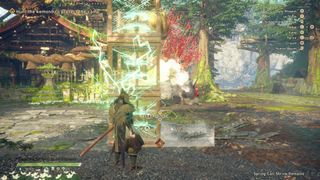
Karakuri refers to the game's building mechanics, which forms a significant part of the plot and combat system. Karakuri come in all shapes and sizes. Some are passive and can be placed permanently in the environment, giving you fast travel points in the form of tents, or crafting tools with the Forge. Generally, you won't be using these types of structures in battle, though.
There are more "active" types of Karakuri that can be set up and deployed anywhere on the map, limited by the Dragon Pools you unlock on each map. Dragon Pools a symbolized by a fire icon on the map screen, and can be upgraded using materials found in the field. The higher they're upgraded, the more permanent Karakuri objects you can spawn on your map, including facilities for tracking monsters, preparing food, and beyond.
What we're more concerned with here is the Karakuri that can be used in combat. Here are some tips on getting to grips with this cool mechanic.
- Basic Karakuri are accessed by holding down the left bumper on your controller, and then hitting XYAB on your controller to the corresponding slots. Later on, you can customize what Karakuri you add to these quick slots.
- These can often be used mid-attack at times to create powerful combos and aid with mobility.
- The springboard Karakuri can propel your character forward. While in flight, you can perform new attacks. Experiment with these contextual attacks using a training dummy.
- The crates Karakuri can create platforms for you to jump from. Many weapons have special attacks you can perform while plunging from one of these crates, helping you to smash monsters and also avoid damage in some cases.
- Special "Fusion" Karakuri can be learned sometimes during combat with specific monsters, when specific conditions are met. The screen will turn grey, and teach you a combo of Karakuri which will transform into new constructions.
- For example, while fighting the King Tusk monster, you should be prompted to learn the Bulwark Karakuri. This turns a 6-block rectangle of crates into a giant wall, which can be used to counter monster charges and send them flying to the ground.
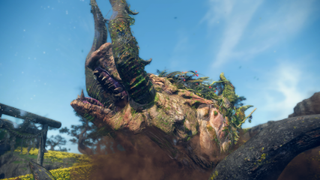
- Tsukumo robo buddies can be upgraded at your camp, and aid you in combat when you're playing solo. Upgrading these can also increase your celestial thread capacity. Celestial thread is used to build Karakuri constructions in the field.
- To keep your Celestial thread topped off, you can smash certain trees or rocks by hitting left trigger. You can find them by holding the left trigger while out of combat too to use your Hunter vision. Memorizing where these are will be a help in certain fights.
- You can grab more Celestial thread by ripping them out of the monster's wounds. The green glowing parts that appear on enemies after you've smashed them can be ripped out. Jump onto the monster while holding RB and you'll grab on. Move to the location of the wound using the left stick, then hold LT to "borrow" the monster's Celestial juice. There's a Karakuri that can actually help you climb onto a monster more easily a little bit further into the game.
- Different monsters are more susceptible to different types of Karakuri and Karakuri fusions. For example, flying monsters are quite weak against the fireworks Karakuri fusion, which is six torches in a rectangular shape.
- You can delete Karakuri placements by hitting the right stick, and pressing Y while positioning the deletion field over constructions. You can grow and shrink the area for deletion with X and B.
- Press up and down on the d-pad to cycle through different Karakuri menus. The one that opens by default is the menu for basic Karakuri used in combat and in fusions.
- Experiment! Combining basic, fusion, and permanently fixed Karakuri can give you a big advantage over enemies. Using vine Karakuri to help with fast travel between typical monster battlegrounds, setting up gliders and towers in anticipation of a hunt, and so on. I'm sure it won't be long until pro players discover some really powerful combos that we have yet to uncover.
Wild Hearts: Final Quick Tips
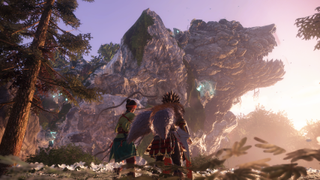
Wild Hearts is an exciting new franchise with heaps of potential. New monsters, new locations, and new weapons would potentially be easy to add in subsequent DLC, and some of the games issues are also hopefully easy fixes. Closing out, here are some general tips I wish I'd known before I started my time with the game.
- When you're not in an active hunt, spend time exploring the map to find new Tsukumo robots, Dragon Pools, and familiarize yourself with the layout of the land. Setting up zip vines in advance can help you move around the map until you unlock the vehicles, and you can set up structures in advance of certain hunts once you know what to expect.
- You can upgrade Dragon Pools from the map screen once you've touched them one time, saving you time while in traversal. You'll need to upgrade these to set up additional tents and kemono search towers for finding monsters, to aid with exploring the map.
- Multiplayer works well in Wild Hearts (at least during the preview period ...), and you can even progress the story with teams of three online. The host of the session will be in charge of the story direction, and each player will take their progress, upgrades, and materials back to their world when the session ends.
- If you intend to play solo, perhaps focus your Tsukumo robot upgrades on attack and defense, instead of threads and healing. You can also name your Tsukumo at the camp fire. I called mine Ball•E.
- Be sure to have fun!
Wild Hearts
Embark on an adventure in the realm of Azuma and defend mankind from the fierce and monstrous Kemono. Face these formidable creatures solo or with your friends in three-player online co-op, with dozens and maybe hundreds of hours of monster huntin' action.
Buy at: Xbox

Jez Corden is the Executive Editor at Windows Central, focusing primarily on all things Xbox and gaming. Jez is known for breaking exclusive news and analysis as relates to the Microsoft ecosystem while being powered by tea. Follow on Twitter (X) and Threads, and listen to his XB2 Podcast, all about, you guessed it, Xbox!
